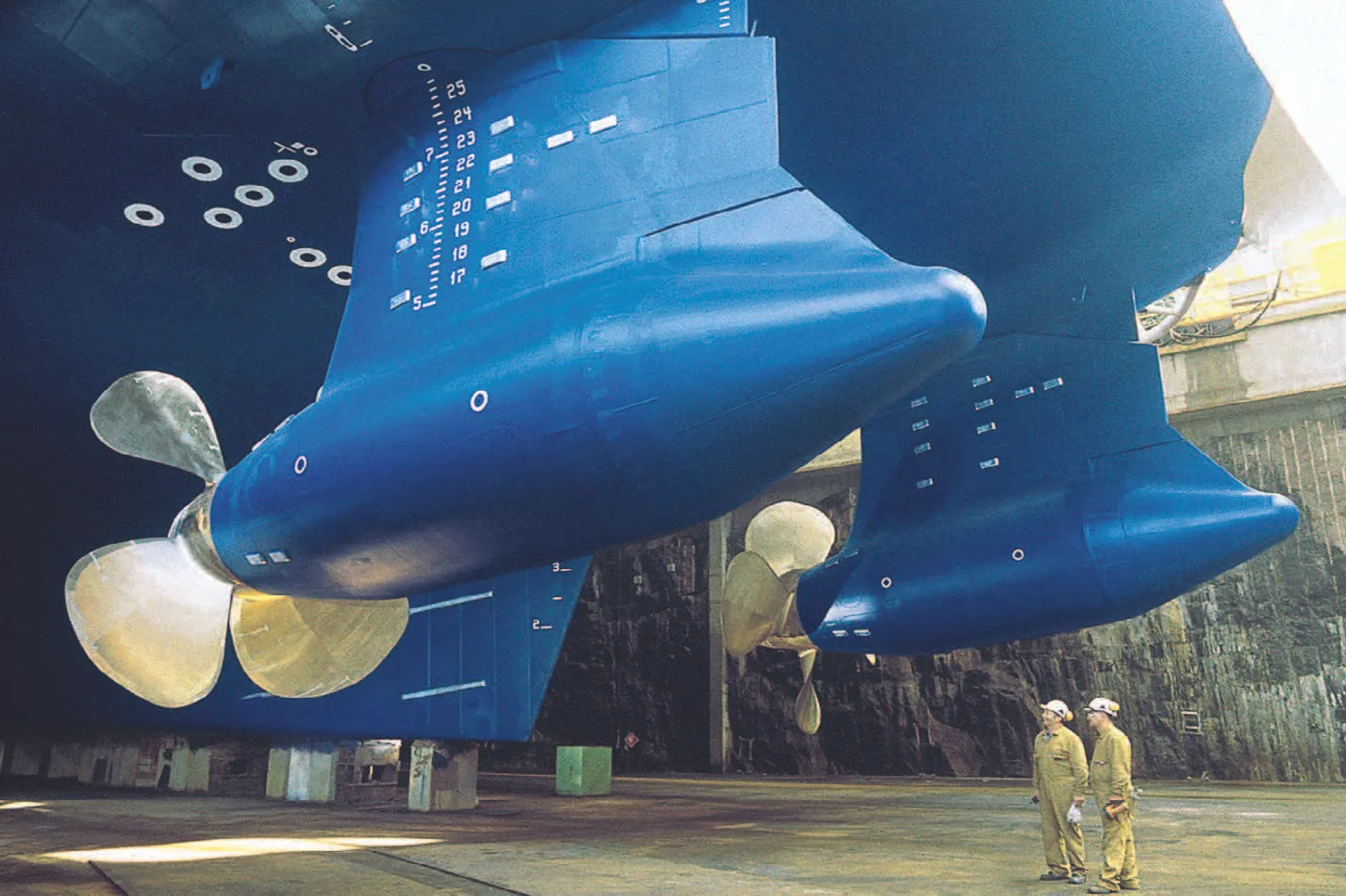Contents
- Introduction to Power and Energy Management Systems (PEMS)
- Overview of ABB’s Power and Energy Management System
- Components and Their Functions
- Uses and Case Studies
- Reasons to Use ABB’s PEMS
- Benefits of Energy Efficiency
- Popular Manufacturers and Alternatives
- Conclusion
- References
1. Introduction to Power and Energy Management Systems (PEMS)
Power and Energy Management Systems (PEMS) are critical in optimizing the energy usage and efficiency of vessels in the maritime industry. These systems monitor, control, and optimize the electrical energy onboard ships, ensuring efficient power distribution, reduced fuel consumption, and compliance with environmental regulations.
2. Overview of ABB’s Power and Energy Management
ABB’s Power and Energy Management System (PEMS) is a sophisticated solution designed to enhance the operational efficiency and reliability of marine vessels. The system integrates various power management functions to ensure optimal energy usage, reduce operational costs, and improve environmental performance. ABB’s PEMS is widely recognized for its advanced technology, reliability, and effectiveness in managing the complex energy demands of modern ships.
3. Components and Their Functions
3.1. Power Management System (PMS)
- Function: Manages the distribution of electrical power onboard, ensuring a stable and reliable power supply.
- Key Features: Automatic load sharing, blackout prevention, and power optimization.
3.2. Energy Management System (EMS)
- Function: Monitors and optimizes energy consumption across the vessel.
- Key Features: Real-time monitoring, energy usage analytics, and fuel consumption reduction.
3.3. Automation and Control Units
- Function: Provide automated control over various systems, such as engines, generators, and auxiliary machinery.
- Key Features: Integration with vessel’s control systems, remote monitoring, and diagnostics.
3.4. Advanced Sensors and Monitoring Devices
- Function: Collect data on energy usage, system performance, and environmental conditions.
- Key Features: High accuracy, real-time data collection, and integration with PEMS software.
4. Uses and Case Studies
4.1. Examples of Uses
- Fuel Efficiency: Optimizes fuel consumption by managing power distribution and reducing idle time.
- Emissions Control: Ensures compliance with environmental regulations by optimizing energy use and reducing emissions.
- Operational Efficiency: Enhances overall vessel performance by ensuring that all systems operate at optimal efficiency.
4.2. Case Studies
- MV Wasa Express: An example of a vessel using ABB’s PEMS to optimize energy usage, resulting in significant fuel savings and reduced emissions.
- Offshore Supply Vessels: Utilized PEMS for managing power distribution during complex operations, leading to improved operational efficiency and safety.
5. Reasons to Use ABB’s PEMS
- Enhanced Efficiency: Reduces fuel consumption and operational costs by optimizing energy use.
- Reliability: Ensures stable power supply and prevents blackouts, enhancing the safety of operations.
- Environmental Compliance: Helps vessels meet stringent environmental regulations by reducing emissions.
- Advanced Technology: Utilizes state-of-the-art technology for real-time monitoring and control.
6. Benefits of Energy Efficiency
- Cost Savings: Reduces fuel consumption and maintenance costs.
- Extended Equipment Life: Optimizes the operation of machinery, reducing wear and tear.
- Regulatory Compliance: Ensures adherence to environmental standards, avoiding fines and penalties.
- Reduced Environmental Impact: Lowers emissions and contributes to sustainable maritime operations.
7. Popular Manufacturers and Alternatives
7.1. Popular Manufacturers
- ABB: Known for its comprehensive and advanced PEMS solutions.
- Siemens: Offers a range of energy management solutions with a focus on integration and efficiency.
- Schneider Electric: Provides energy management systems with advanced automation and control features.
7.2. Alternatives
- Wärtsilä’s Energy Management Systems: Known for their integration with marine engines and auxiliary systems.
- GE Marine Solutions: Offers robust energy management systems tailored for maritime applications.
8. Conclusion
ABB’s Power and Energy Management System (PEMS) is a critical tool for modern maritime operations, offering significant benefits in terms of efficiency, reliability, and environmental performance. By integrating advanced technology and comprehensive control features, ABB’s PEMS helps vessels optimize their energy usage, reduce operational costs, and comply with stringent environmental regulations.
9. References
- ABB Marine & Ports: Power and Energy Management System
- Wärtsilä: Energy Management Systems
- Siemens Marine: Integrated Solutions for Marine
For more detailed information, please visit MaritimeHub.com.
This article aims to educate new deck cadets, engine cadets, new engineers, and experienced engineers on the importance and benefits of using ABB’s PEMS in the maritime industry. By understanding these systems’ components and functions, maritime professionals can better appreciate the technology’s role in modern shipping operations.



